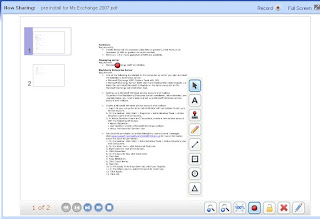I googling in internet alternative of snagit, especially free image capture, because I know snagit is not free, so eventually i found software, the name is MWSnap in the website belong to mirek here. Please, download in here.
MWSnap is a small program that size only about 643 Kb, really tiny, but powerful enough, more free. This program is truly simple and modest, in the case of the installation does not require a lot of requirements, does not need a special dll file, driver or other supporting files.
Its features are complete enough, have ability to capture the entire desktop, or only the active window, or active menu, or can be based on large size that we want to capture. MWSnap support 5 graphic formats and features graphical tools such as zoom, ruler, color picker window spy, and has a fast image viewer or converter.
Full Features of MWSnap:
- 5 capture mode.
- Format supports BMP, JPG, TIFF, PNG and GIF.
- System-wide hotkeys.
- Copy/Paste clipboard.
- Printing.
- Auto-Save, print automatically.
- Auto-start with Windows.
- Minimise system tray.
- Zoom tool.
- A ruler tool.
- A color picker.
- Fast picture viewer.
- Undo and redo.
- Multilingual version, bahasa is not yet supported.


























